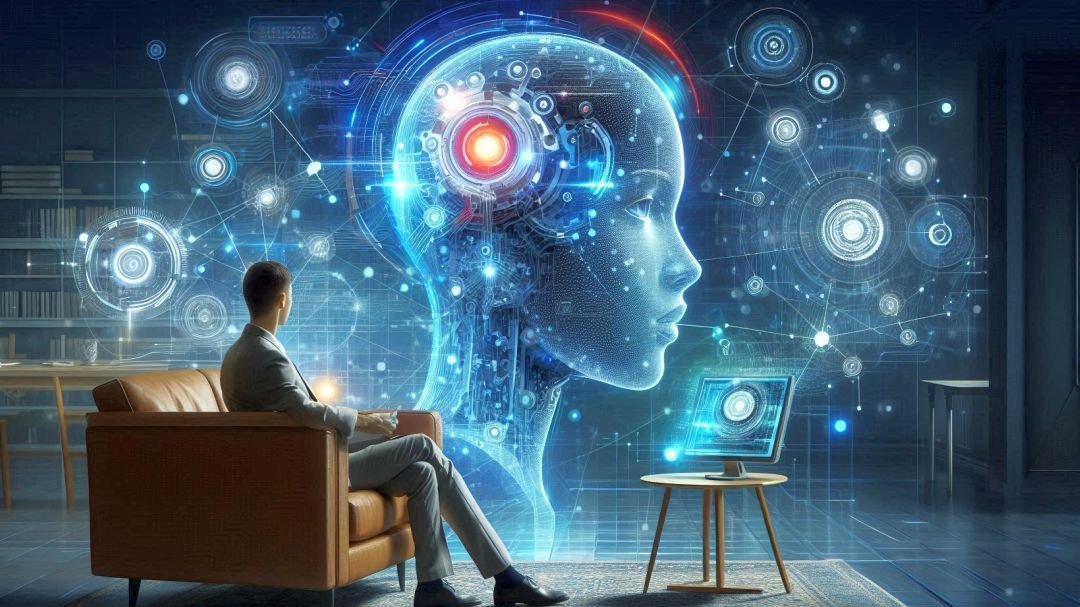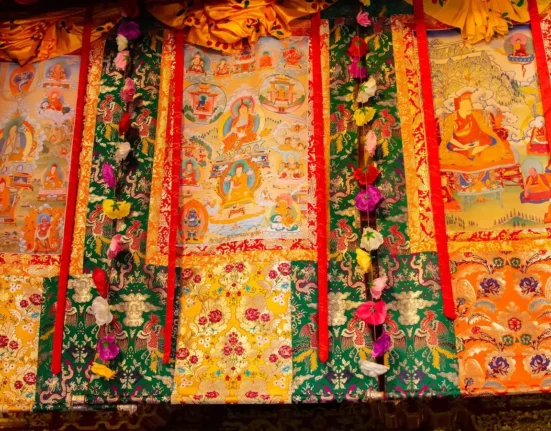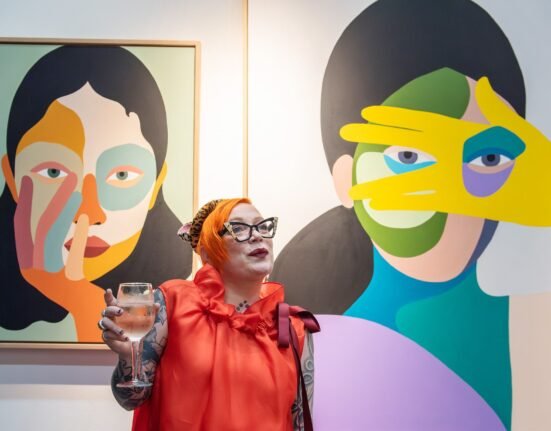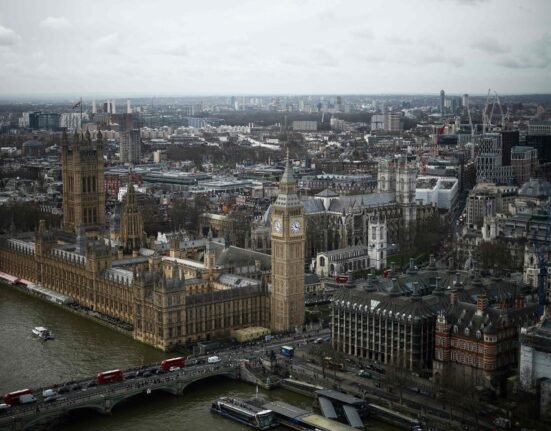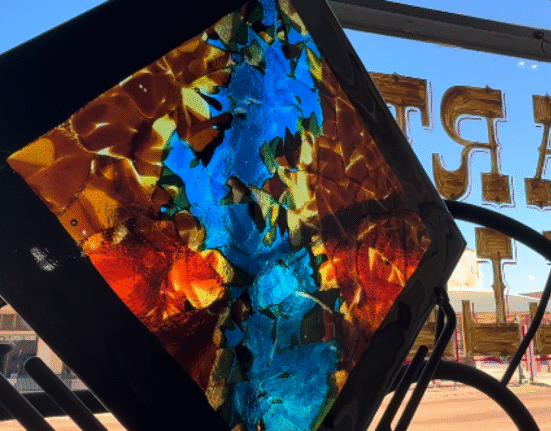In the humming landscape of 2025, where digital screens flicker with endless streams of content, a quiet revolution is reshaping how brands speak to the world. Artificial intelligence, once a whisper in the realm of science fiction, has stormed into the heart of digital marketing, wielding tools that turn fleeting ideas into vivid, attention-seizing realities.
Gone are the days when crafting a campaign meant weeks of labour, tethered to static images and rigid timelines. Today, AI-powered platforms like Adobe Creative Cloud, Microsoft Designer, Canva, and Runway ML churn out dynamic animations and thumb-stopping ads in mere moments, stretching the boundaries of what creativity can achieve. It is a transformation that’s not just about speed — it is about redefining the very essence of how brands connect with their audiences.
Get Latest Mathrubhumi Updates in English
This shift is electric, palpable in the way advertisements now leap off the screen. Tools like Leonardo.ai, Ghibli, FilmoraGo, Play.ht, SkyBox.ai, BandLab, and Veed have turned content creation into something fluid and instinctive, weaving together visuals, voiceovers, and interactive elements with an ease that feels almost magical.
Meanwhile, engines like Unreal Engine and Luma.ai push the envelope further, rendering hyper-realistic scenes that plunge viewers into immersive worlds. A soda can does not just sit there anymore — it dances, sparkles, and tells a story, pulling the audience in with an emotional tug that lingers. This isn’t just advertising; it’s an experience, one that blurs the line between art and commerce in ways that feel fresh and alive.
Yet for all the dazzle of these advancements, the soul of this revolution remains stubbornly human. AI may hand marketers a gleaming set of brushes, but it’s the painter’s hand that decides what the canvas will say. A stunning animation might catch a scroll-weary eye, but it’s the clever twist, the unexpected jolt of humour, or the quiet ache of recognition that keeps it there.
Platforms like Pollo.ai and Qwen.ai take this further, spinning text into striking images or crafting voices so natural they could belong to a friend. Still, their brilliance hinges on the vision behind them. Without a spark of originality or a thread of cultural resonance, even the slickest ad risks fading into the digital haze — a polished shell with nothing to say.
This interplay between technology and imagination is birthing a new kind of advertising, one where brands don’t just hawk wares but spin tales that stick. It is a world where a small startup, armed with a single bold idea and an AI toolkit, can rival the gloss of a corporate titan.
The efficiency is staggering — tasks that once demanded teams and timelines now unfold with a few clicks. But with that power comes a challenge: when everyone can create something beautiful, what makes one story stand out? The answer lies in the intangibles, the messy, human things no algorithm can replicate. A joke that lands just right, a melody that haunts, a fleeting image that stirs a buried memory—these are the threads that weave a campaign into the fabric of someone’s day, turning a glance into a moment.
The pressure is on, and it is exhilarating. With AI handling the grunt work — the rendering, the stitching of pixels and sound — marketers are free to focus on the meat of their craft: the concept, the heartbeat, the why. Consumers today do not just want ads; they crave experiences that pull them in, that speak to their quirks and dreams rather than shouting from a distance.
A dancing soda can might amuse for a second, but it is the story of the person drinking it — their quiet triumphs, their wry smile — that turns a giggle into something lasting. This is the bar now, raised high by the very tools that promise to make the job easier. To thrive, brands must innovate relentlessly, cutting through a flood of AI-crafted visuals with messages that pierce the noise and land in the gut.
The beauty of this era lies in its duality, a delicate dance between what machines can do and what only humans can dream. AI brings a torrent of options, churning out possibilities at a pace no team could match. It levels the playing field, letting nimble creators wield the same technical prowess as deep-pocketed giants. It paints with a precision that can fool the eye, crafting worlds so lifelike they feel tangible. But creativity? That is the wild card, the chaotic spark that flares in late-night brainstorms, in the gut instinct that whispers ‘this will work’, in the shiver when a story hits the mark. No code can mimic that. The future belongs to those who see AI as a partner, not a proxy — those who wield it to amplify their voice rather than replace it.
Imagine a world where every ad is a masterpiece, flawless in its execution, breathtaking in its scope. It is a vision that’s equal parts thrilling and daunting. If every brand can tap the same well of tools, what sets one apart? The difference lies in the things AI can’t touch — the human truths beneath the gloss. A perfectly rendered scene might dazzle, but it’s the idea behind it — the clever hook, the emotional pull — that makes it unforgettable.
Technology can build the stage, but humans write the script, and as the digital space grows ever more crowded, that human spark becomes the rarest currency of all. Marketers must walk a tightrope, embracing the allure of automation without losing the grit of genuine storytelling, knowing that the ads that endure don’t just wow the algorithm — they whisper to the heart.
This is the frontier we are crossing in 2025, a treasure chest of possibilities flung wide open by AI’s relentless march. The tools gleam, ready for anyone bold enough to seize them, offering a shortcut to brilliance that feels almost unfair. But the real story is not about the machines — it is about the people behind them, the dreamers and schemers who peer beyond the pixels to the messy, marvelous truths beneath.
A brand could generate a thousand pristine ads, each more polished than the last, but without a nod to what moves us — our values, our humour, our quiet aches — they would vanish into the ether. The true game-changer is not the speed or the sheen; it is the ability to pair these tools with narratives that matter, stories that reflect who we are and how we feel.
Take a step back, and the shift becomes clear: advertising is not just about buying a slot anymore. It is about building a bridge, a fleeting connection that feels less like commerce and more like conversation. AI fast-tracks the how — the mechanics of creation — but it is the why that keeps the audience there. A startup might conjure a lifelike scene of a family picnic, the sunlight glinting just so, but it is the unspoken bond between the characters — the knowing glance, the shared laugh — that makes it stick. The heavy lifting falls to the algorithms, stitching together sound and light with surgical precision, but it is the human touch that turns a slick ad into a shared moment, a confession captured in motion.
As these tools evolve, growing sharper and sleeker with each passing day, the challenge deepens. How do you harness this power without losing the soul of what you do? The answer lies in balance — in knowing when to let the machine run and when to step in with a flourish of your own.
A stunning visual might hook a viewer, but it is the idea — the clever twist, the tug at the heart — that reels them in. The most powerful campaigns of this era won’t be the ones that lean hardest on technology, but the ones that marry it to the unpredictable alchemy of human creativity. Because in the end, it is not the tools that define us — it is what we make with them.
Picture the ads we will remember years from now, long after the screens go dark. They will not be the ones that screamed loudest or shone brightest. They will be the ones that felt alive — less like code and more like a heartbeat, pulsing with the messy, brilliant chaos of being human.
A fleeting image of a child chasing a kite, the wind whipping through a field rendered in perfect detail, might catch the eye, but it is the ache of freedom in that moment that stays with you. That is the magic AI cannot manufacture, the diamond it cannot mine. Marketers must dig for it, sharpen their craft, and wield these tools with a flair that’s theirs alone.
In this new age, where brilliance is a click away, the rarest gift is the one we have always had: the ability to tell a story that feels true, that speaks not to the algorithm but to the soul. And that, above all, is what will keep us watching.

